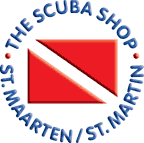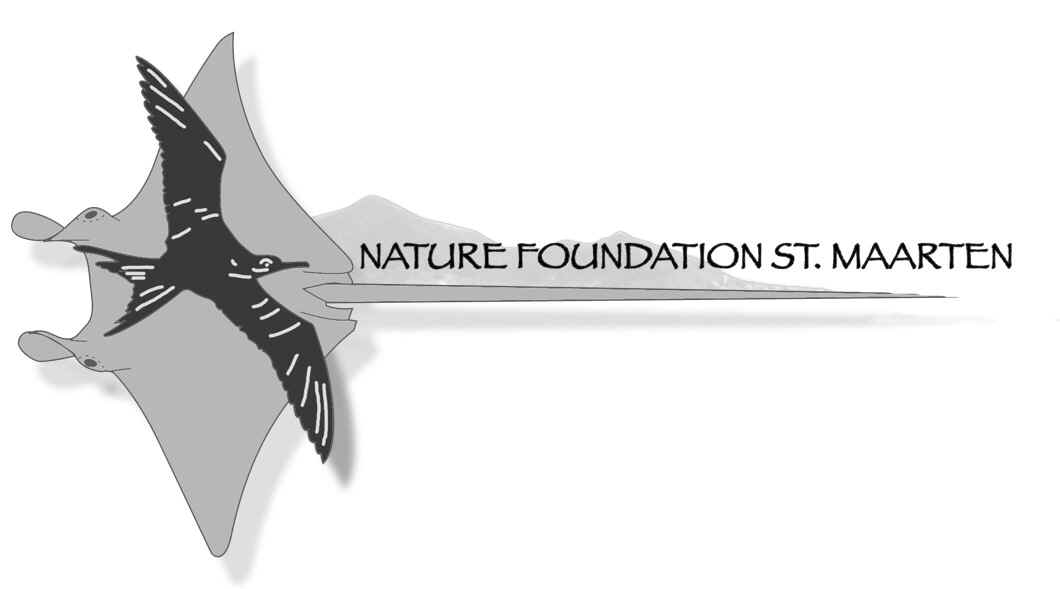
THE SCUBA SHOP |
|
|

Year End 1999
REEF MONITOR UPDATE
In the short history of
the Sint Maarten Nature Foundation the staff of the Marine Park Sint Maarten has done a
lot of interesting work already. The park itself involves all the adjoining coastal waters
surrounding the Dutch side of the island. That in itself is a lot of area to cover.
Some 20 mooring-buoys have been put out in the ocean, to protect the coral-reefs around
the island. Mooring buoys are permanent anchors that reduce boat anchoring on the reefs; a
major stress factor when dealing with reef destruction. Together with Reefkeeper
International, a non-profit research group, the Nature Foundation is investigating in what
condition the coral reefs are in, and what kind of corals you can find around the island
by implementing a coral inventory.
Of all the different
species of coral in the world you can find some (8) species that are very common to the
island’s waters, like Mustard Hill and Brain coral and Fire coral.
Hens & Chicks
Reef, on the southeastern coast of
the island. Underwater horizontal visibility ranged from 39 feet to 51 feet. Hard coral
bottom cover was high 41 per cent, while algae bottom cover was slightly lower (32 per
cent). Soft coral bottom cover (16 per cent) was lower than hard coral and algae bottom
cover (9.2 percent). Hard corals found there: branching Fire coral and Box Fire Coral are
the most abundant. Mike’s Maze
Reef, south of Great Bay Harbour.
Horizontal underwater visibility was 48 feet. Bottom cover: 22 per cent hard coral, 28 per
cent soft coral and 26 per cent algae. Here we also find sponges, hydroids and other
biotics. Among the hard corals you will find: Mustard Hill Coral, Low relief Lettuce Coral
and Symmetrical Brain Coral and some 4 other species. Molly Beday Reef, east of the island, off Geneve Bay. Horizontal underwater
visibility was 30 feet. Bottom coverage: hard coral 38 per cent, soft coral 25 per cent.
Here you also find anemones and hydroids. Some of the hard corals found here (total 8)
are: Symmetrical Brain Coral, Great Mound Coral and Elliptical Star Coral. |
All reefs appear in good
condition, even though some parts are regularly hit by passing bigger ships. To avoid that
in future, the location of the buoys and the reefs are being placed on a map and this map
will be distributed to all cruise lines, and the boating industry.
The plans are to keep
monitoring the reefs, so that action could be taken if sickness, or other disturbing
circumstances would be found.
Next to this the Nature
Foundation Sint Maarten is planning to categorize all species of fish living in Sint
Maarten’s waters, as well as shell-fish like conch and lobsters. While monitoring the
coast, it can also be observed if coastal developments have any effects on water quality
offshore. The sea grass-beds are important too, they are determining factors for breeding
conchs and other fish and keep the beaches intact.
We do hope that the
Netherlands Antilles will come up with more laws to protect the underwater-treasures in
its federal waters, but the first good steps have been set, like joining the international
CITES-convention, that protects endangered species such as sea-turtles and lobster and
other animals that you can also find in the waters of the Caribbean.
So you can imagine that the Nature Foundation is very busy doing all this in the marine protected areas, and we hope you will enjoy it!
The next Reef Monitor will be carried out year end 2000.
Sint
Maarten Nature Foundation |
MORE INFORMATION |
The Sint
Maarten Nature Foundation & Marine Park
The Marine Park | The Nature Foundation | Park Zoning
Sectie Milieu en Natuur Departement van
Volksgezondheid en Milieuhygiene
(Official Site of The St. Maarten Nature Foundation - English / Dutch)
MARINE PARK ARTICLES and UPDATES |
Rescuing a
Green Sea Turtle - June 22, 2000
On June 21st, 2000 on a weekly patrol, the staff of the Marine Park
(Nature Foundation of Sint Maarten) encountered a Green Turtle (Chelonia mydas) floating
on a large tar/oil spill close to Proselyte Reef........
Update to:
Rescuing a Green Sea Turtle - July 20, 2000
I just wanted to let you
know.... rescued Green turtle sited....
Global
and Local Seagrasses Threatened - April 6, 2000
It is difficult to emphasize how important seagrasses are to the marine
environment.......
Reef Monitor
Update